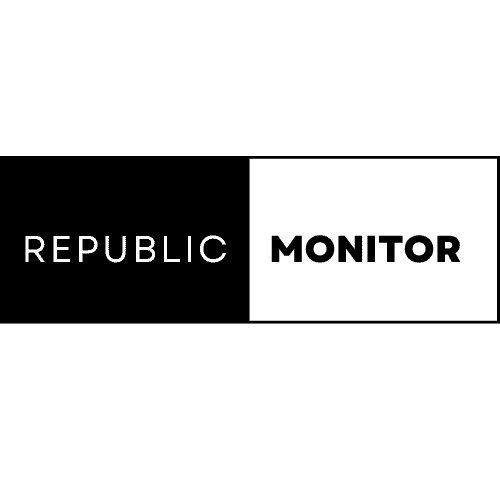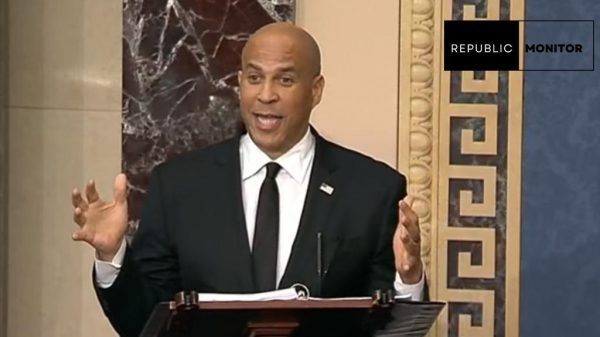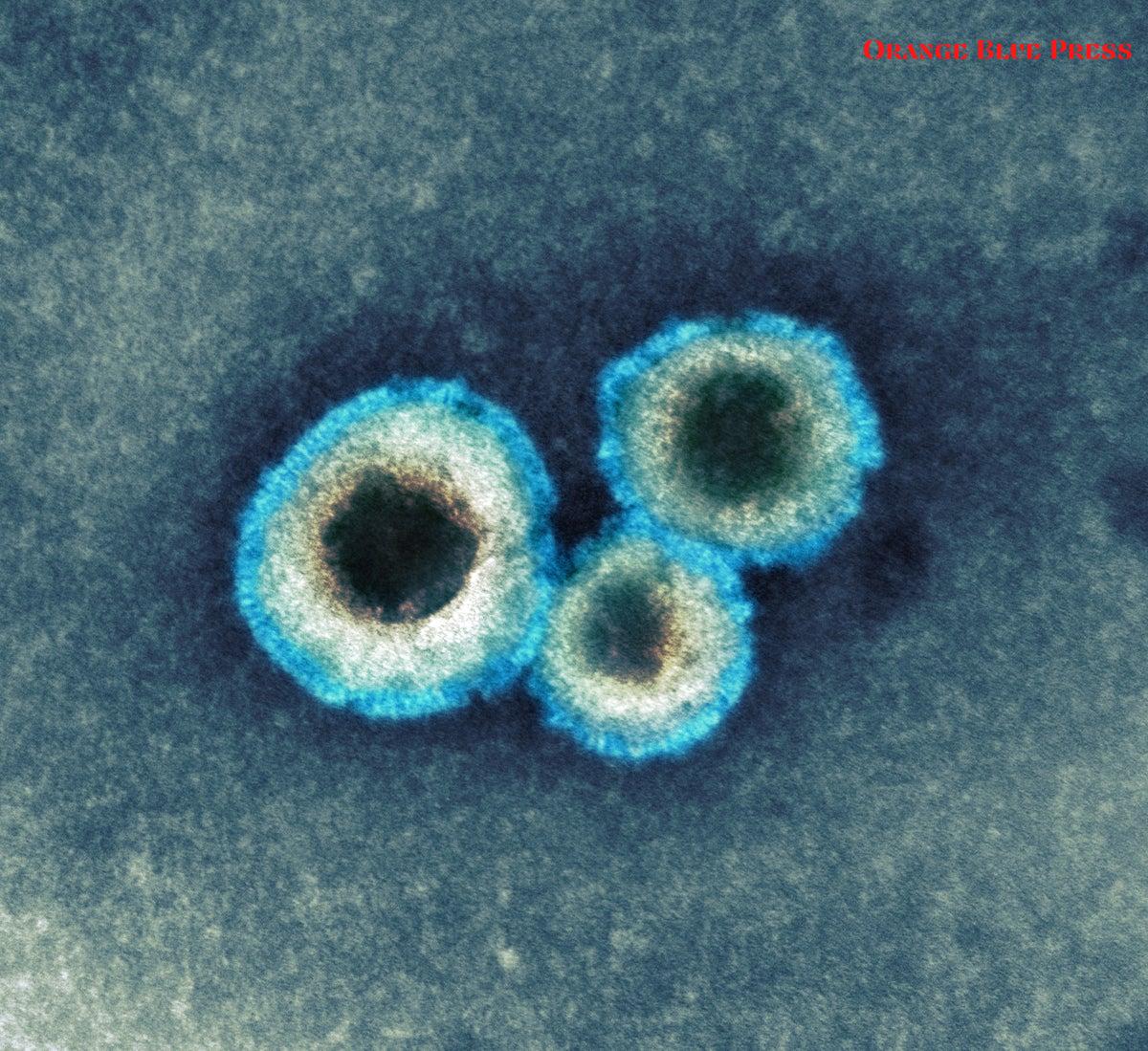As the winter season sets in, the Human Metapneumovirus, or HMPV, is making headlines due to a notable rise in cases, especially in several Asian countries like China, India, and Malaysia. While this may sound alarming, experts stress that it’s essential to stay informed without panicking. HMPV is a well-known virus that usually leads to mild respiratory symptoms, very similar to a common cold. Let’s take a closer look at what HMPV is, its symptoms, recent trends in reported cases, and how we can manage the risks associated with it.
What is HMPV?
Human Metapneumovirus is a virus that mainly affects the respiratory system. It was first discovered in the Netherlands in 2001, although some studies suggest it may have been around for much longer. HMPV commonly spreads in the winter and can lead to seasonal epidemics, particularly among young children and older adults. Most people experience mild symptoms, but it can cause more severe infections in vulnerable populations.
Symptoms of HMPV
- Runny or stuffy nose
- Cough
- Fever
- Sore throat
- Shortness of breath in severe cases
These symptoms often resolve within a few days, making HMPV a temporary nuisance rather than a severe health threat for most healthy individuals.
Recent Trends in HMPV Cases
Reports indicate a recent surge in HMPV infections, particularly among children, leading to discussions in medical communities across Asia. Although these outbreaks are being classified as regional, they have garnered attention due to their timing during the ongoing winter season. In the United States, seasonal spikes of HMPV typically occur as well, and recent statistics show a slight increase in diagnostic tests coming back positive for the virus.
Is There a Global Threat?
While it’s easy to draw comparisons with more serious respiratory viruses like COVID-19, experts have reassured the public that HMPV is quite different. Unlike COVID-19, no global pandemic has been declared for HMPV, and there is a general consensus among health professionals that widespread immunity exists in the population due to previous exposures throughout the years. Hence, there’s no cause for alarm, but vigilance is still advised, especially for those in high-risk groups, such as infants or individuals with compromised immune systems.
How Can You Minimize the Risk of HMPV Infection?
To help reduce your chances of contracting HMPV or any other respiratory illness, consider following these simple yet effective tips:
- Wash your hands frequently and thoroughly.
- Avoid close contact with individuals who are sick.
- Stay home if you feel unwell.
- Wear masks in crowded places to lower the risk of transmission.
These actions not only protect you from HMPV but also limit the spread of other common seasonal illnesses like the flu.
Are There Vaccines or Treatments for HMPV?
Currently, there are no vaccines specifically designed for HMPV, which is why practicing good hygiene is so important. Health authorities are investigating potential treatments, and some antiviral medications may help manage severe cases, although options are limited. Moderna, a company that gained fame due to its work on COVID-19 vaccines, is even conducting trials for an mRNA vaccine for HMPV.
Why Are We Hearing So Many Reports of Respiratory Viruses Now?
Since the COVID-19 pandemic, there have been noticeable shifts in patterns of respiratory infections, and health experts are closely monitoring trends for viruses like HMPV and influenza. Changes in how we lived during the pandemic—for instance, increased hygiene practices and social distancing—have dramatically impacted how respiratory viruses spread. This season, we’re seeing the effects of those changes, as other illnesses are now competing with seasonal viruses. As monitoring continues, health officials will keep an eye on emerging patterns which could inform public health guidelines in the future.
| Country | Reported HMPV Cases |
|---|---|
| China | Rising trends observed |
| India | Notable increases seen |
| Malaysia | Infection rates increasing |
| United States | Slight uptick reported |
















